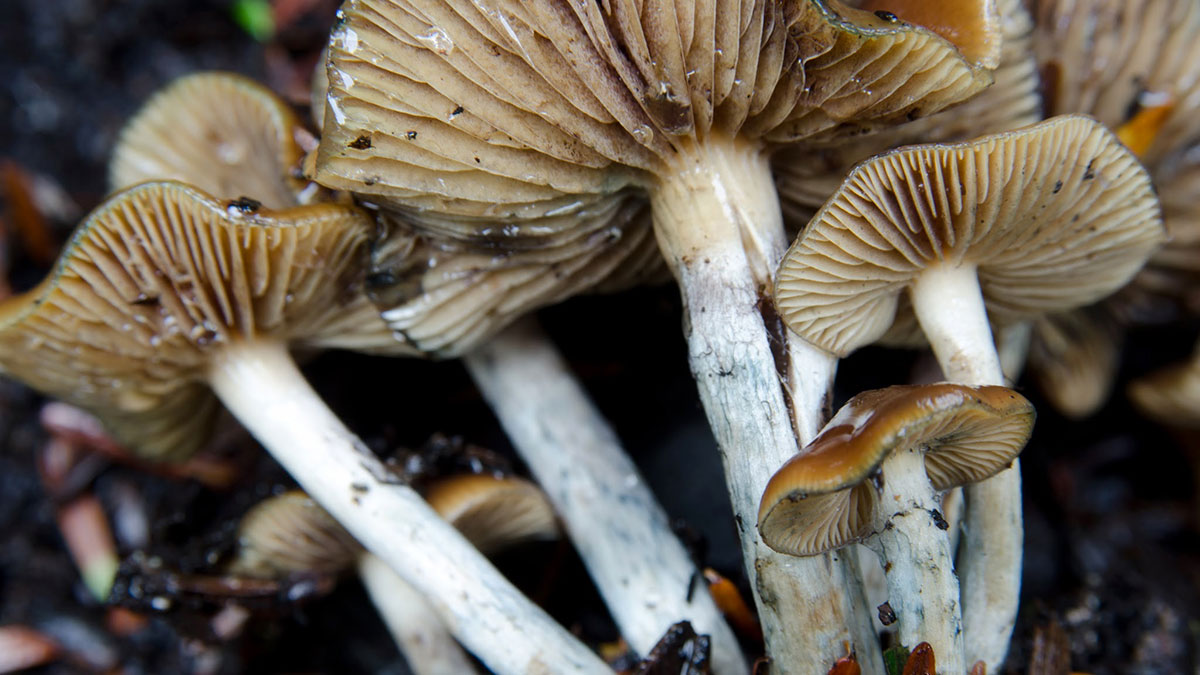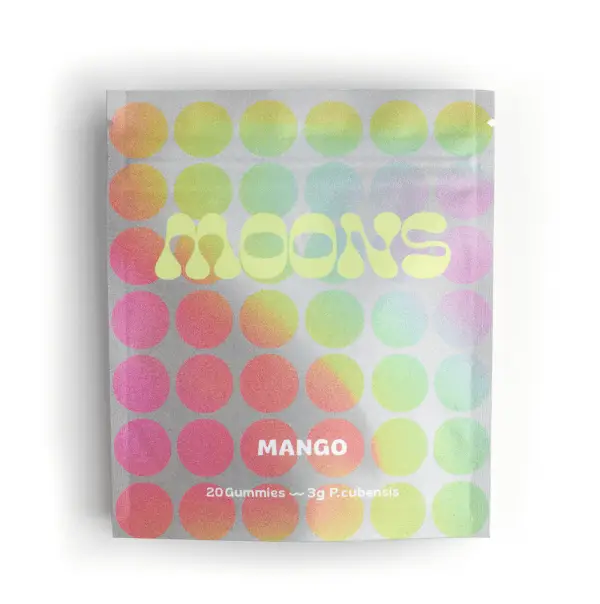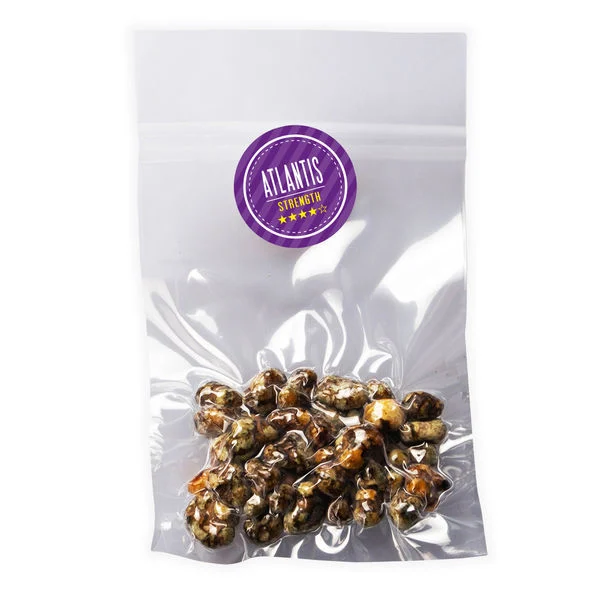Types Of Magic Mushrooms, Magic mushrooms, also known as psychedelic mushrooms or “shrooms,” are fungi that contain psychoactive compounds such as psilocybin and psilocin. These naturally occurring chemicals are known for inducing hallucinations, altered perceptions, and profound changes in mood and thought. While there are over 180 species of magic mushrooms found around the world, several types stand out for their popularity, potency, and cultural significance. In this article, we explore the most well-known types of magic mushrooms and what makes each unique.
1. Psilocybe cubensis
Arguably the most famous and widely cultivated of all magic mushrooms, Psilocybe cubensis is often the go-to variety for beginners and experienced psychonauts alike.
- Appearance: Medium-sized with a golden-brown cap and white stem.
- Potency: Moderate.
- Nickname: “Golden Teacher,” “B+,” “Albino A+” (based on different strains).
- Where it’s found: Common in tropical and subtropical climates, especially in South America, Southeast Asia, and parts of the southern U.S.
2. Psilocybe semilanceata
Also known as the Liberty Cap, this mushroom is one of the most potent psilocybin-containing fungi and is among the oldest known hallucinogenic species.
- Appearance: Small, bell-shaped cap with a pointed tip.
- Potency: High.
- Where it’s found: Common in grassy fields across Europe and North America, especially after rain.
3. Psilocybe azurescens
Known for being one of the strongest types of magic mushrooms in terms of psilocybin content, Psilocybe azurescens is not for the faint of heart.
- Appearance: Broad cap with caramel coloring, often with a wavy edge.
- Potency: Very high.
- Where it’s found: Pacific Northwest of the United States, particularly in Oregon and Washington.
4. Psilocybe cyanescens
Often referred to as Wavy Caps, this species is admired for both its unique look and strong psychoactive effects.
- Appearance: Wavy cap edges, rich caramel color.
- Potency: High.
- Where it’s found: Mulch-rich urban environments, especially in the Pacific Northwest and parts of Europe.
5. Psilocybe mexicana
This species holds a special place in history, as it was used in ancient Aztec religious ceremonies and later rediscovered by Western researchers in the 1950s.
- Appearance: Small with a conical to bell-shaped cap.
- Potency: Moderate.
- Where it’s found: Mexico and Central America.
- Note: It was the mushroom consumed by R. Gordon Wasson and introduced to the Western world.
6. Panaeolus cyanescens
Also known as Blue Meanies, this species is not a Psilocybe but is still psilocybin-rich and very potent.
- Appearance: Thin, grayish caps that bruise blue.
- Potency: Very high.
- Where it’s found: Tropical and subtropical regions worldwide, especially in dung-rich pastures.
Final Thoughts
Understanding the types of magic mushrooms is essential for anyone exploring the world of psychedelics, whether for personal growth, therapeutic use, or simple curiosity. While the effects can vary based on species, dosage, and personal sensitivity, it’s crucial to approach these substances with respect, caution, and awareness of local laws.
As interest in psilocybin mushrooms continues to grow, so does the importance of education, harm reduction, and responsible use. Whether you’re a novice or a seasoned explorer, knowing the different types of magic mushrooms is the first step toward a safe and enlightening experience.
You Might Also Like These:





